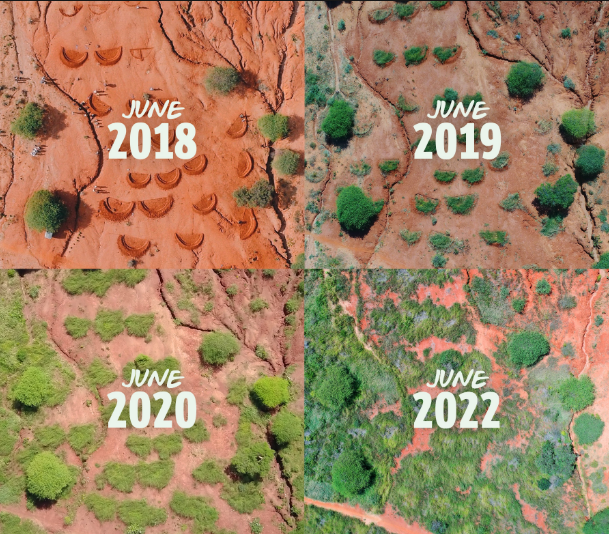Sorry it took me so long to respond! I haven't been feeling well. If you feel like sharing any pictures (no pressure though) that would be great!
Blair
Sorry! I have dyscalculia, so I'll admit I didn't try to analyze the numbers at all. I can delete the post
Thanks! I'll add that (also sorry the reply took so long. I haven't been feeling well).
Thanks for your input! That is super good to know. I won't try their suggestion haha
Thanks for explaining! I don't have a 3D printer, but maybe someday I will work up to a setup like yours!
Thank you so much! You and that post answered my questions perfectly
Thank you so much! This is amazing information
Thanks for explaining that! Your system looks great(it is even cat approved).
I am thinking of just starting with some leafy greens (like Swiss chard, kale, or spinach) on a budget, but there are so many different hydroponic builds it can get overwhelming haha. I will look more into the DWC system!
I like the idea of a wicker basket coffin with natural-fiber clothes....and an added sword just to confuse future archaeologists •ˋᴗˊ•
Haha! I think they just mean in comparison to chickens, which will even use their claws to scratch everything up while they forage, but your duck experience made me laugh. They sound like a handful of trouble.



















I’m not American, but for basic essentials, creating an online local network seems like a good idea to me. You could use it to share free clothes, food, seeds, and so on, and perhaps help run or boost local projects. The rich absolutely hate trading or gifting, so that makes it even better.
I think a huge one is also encouraging friends and family onto platforms and apps/programs that don’t sell your data. That way, you have a safe place to chat and organize without the government watching and collecting info, and without algorithms trying to bury movements.
Use trusted encrypted platforms for important chats.